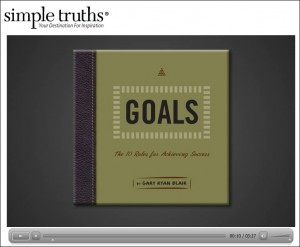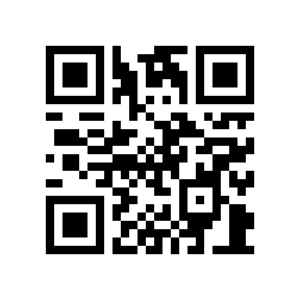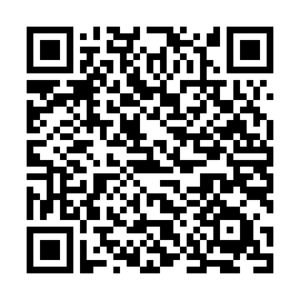Yesterday, a friend sent me a link to a video he thought would be of interest:

Since this was in an email message, it was easy enough to click, but beyond being big and ugly, there’s a simpler and more powerful way to share links. This is especially valuable when we’re sharing verbally, or otherwise require more concise communication. Twitter anyone? This link alone (without any accompanying message) is 177 characters, far beyond Twitter’s strict 140-character limit.
Interestingly, much of the information in the URL is tracking data that is not required to reach the destination site. Notice that roughly 1/3 of the way into the address there’s a question mark. After that, the information is purely optional. You don’t need the embedded date, email address, click source, etc., to reach the site. The following link will get you there just as well:
http://play.simpletruths.com/movie/10-rules-for-success-v
Still that’s a bit long for Twitter and a lot to communicate verbally, so we also have link shorteners. These services are provided by Facebook, Twitter, su.pr, tinyurl.com (a surprisingly long name in a short business) and many others. My favorite is bit.ly.
These services create short addresses that automatically redirect to our longer addresses. On the bit.ly website (also known as bitly.com if an address ending in ‘ly’ freaks you out) in the upper right corner, I paste my long link where it says ‘Paste a link here…’ and voila, up pops my new short link:
Note that the letters are case sensitive but there are just 6 of them; nice and easy. Wait, it gets better. You can customize these links with easy to remember names. For one purpose of another, I do this almost every week.
For example, as a public speaker, I frequently share the address of my speaker demo video posted on blip.tv (a clean, professional video sharing site with several advantages over YouTube). Here is the link in its native format:
blip.tv/social-media-for-business/dave-nelsen-social-media-speaker-and-consultant-5831867
That’s a lot to type (or to place on a business card). So after shortening the address with bit.ly, I click ‘Customize’ in the first pop-up box and change the address to:
www.bit.ly/meet_dave (note the underscore character between the words to create the appearance of a ‘space’ – nice for readability).
That’s very cool but it gets even better because bit.ly tracks how many clicks you get. Just click the ‘i’ (for information) that appears as you hover over a given link in your bit.ly dashboard and you’ll be able to see the click frequency. This is especially handy when sharing a link with a single individual – you’ll know if they’ve clicked or not.
There is one last piece of this puzzle. Links can be encoded so that they are read automatically by a Quick Response (QR) Reader App on a smartphone.

Shorter links encode more cleanly. The original (long) link to my video encodes as shown on the left, whereas the shortened version encodes as shown on the right.

As you can see, the QR Code on the right is simpler and therefore easier to scan. This makes it printable at a smaller size, more practical, say, on a business card.
So next time you want to share a link, and even track the clicks, use one of these handy link shorteners and maybe also a QR Code.
By the way, the emailed video from my friend who’s still using the long links is excellent. It’s a 3-minute reminder about the 10 simple truths for achieving your goals. Use one of the three links I’ve provided to access it yourself. I think I know which one you’ll try.
